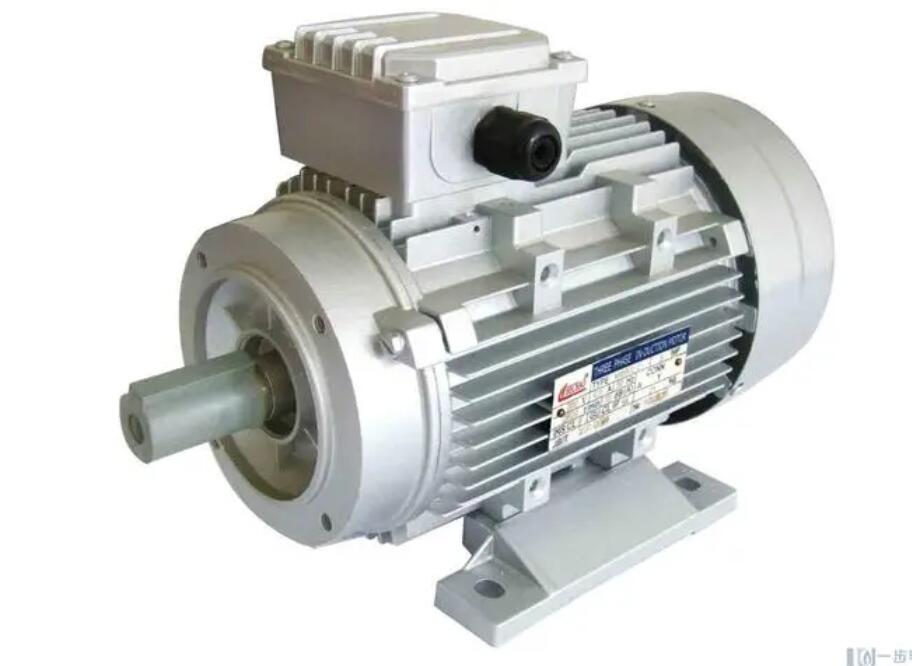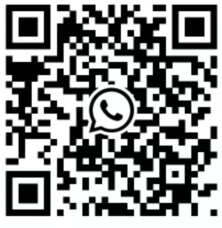Principle of speed regulation of three-phase asynchronous motor

working principle:
Three-phase asynchronous motor is an induction motor. After the current is applied to the stator, part of the magnetic flux passes through the short circuit ring and generates induced current in it. The current in the short circuit ring blocks the change of magnetic flux, resulting in a phase difference between the magnetic flux generated by the part with and without the short circuit ring, thus forming a rotating magnetic field. After power-on, due to the relative movement of the rotor and the magnetic field, the rotor winding will induce electromotive force and current, that is, the rotating magnetic field will have a relative speed with the rotor, and the interaction with the magnetic field will generate electromagnetic torque to make the rotor rotate.
Step:
(1)When the three-phase asynchronous motor is connected to the three-phase AC power supply (each with an electrical angle difference of 120 degrees), the three-phase stator winding flows through the three-phase magnetomotive force (stator rotating magnetomotive force) generated by the three-phase symmetrical current and generates a rotating magnetic field, which rotates clockwise at the same speed of n0 along the inner ring space of the stator and rotor.
(2)The rotating magnetic field has a relative cutting motion with the rotor conductor. According to the principle of electromagnetic induction, the rotor conductor (the rotor winding is a closed path) generates the induced electromotive force and the induced current (the direction of the induced electromotive force is determined by the right hand rule).
(3)According to the law of electromagnetic force, under the action of the induced electromotive force, the rotor conductor will produce an induced current basically in the same direction as the induced electromotive force. The current-carrying rotor conductor is subjected to the electromagnetic force in the magnetic field generated by the stator (the direction of the force is determined by the left-handed rule). The electromagnetic force forms electromagnetic torque on the motor rotor shaft, drives the motor rotor to rotate in the direction of rotating magnetic field, and outputs mechanical energy when the motor shaft is loaded with mechanical load. Since the magnetic flux of the part without short-circuit ring is higher than that of the part with short-circuit ring, the rotation direction of the motor is the same as that of the rotating magnetic field.





















